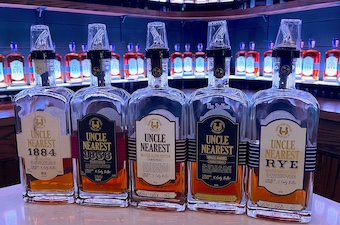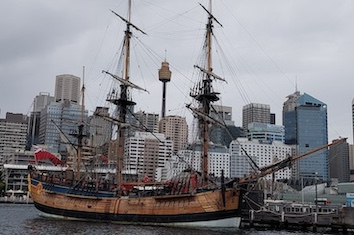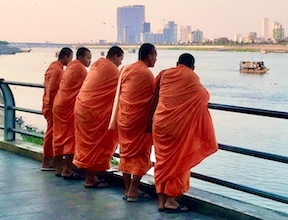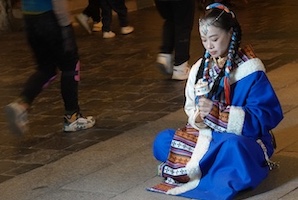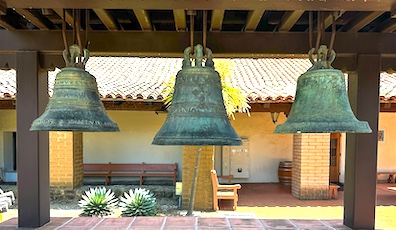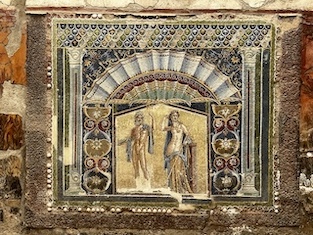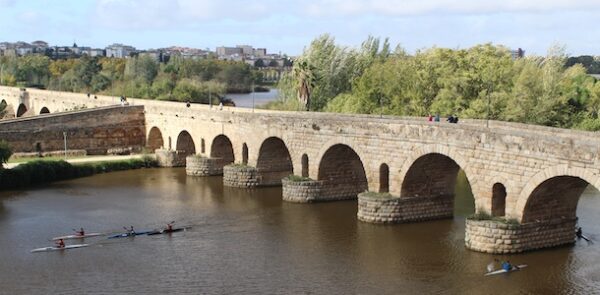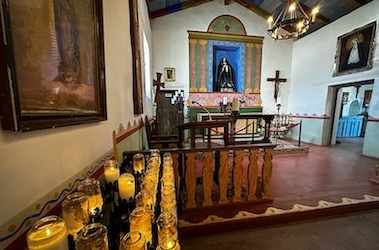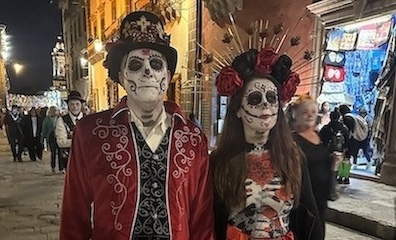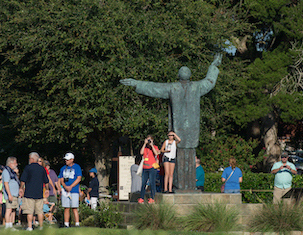Two American Whiskey Legends, One Of Them Largely Unknown
Tennessee has two products that are famous around the world – country music from Nashville and Jack Daniel’s Whiskey from the tiny town of Lynchburg about 80 miles south of Nashville and 25 miles north of the Alabama state line. The story of how country music blossomed in Nashville is well documented, but the origin story of Jack Daniel’s Whiskey has been one that few people even thought about – until recently.


